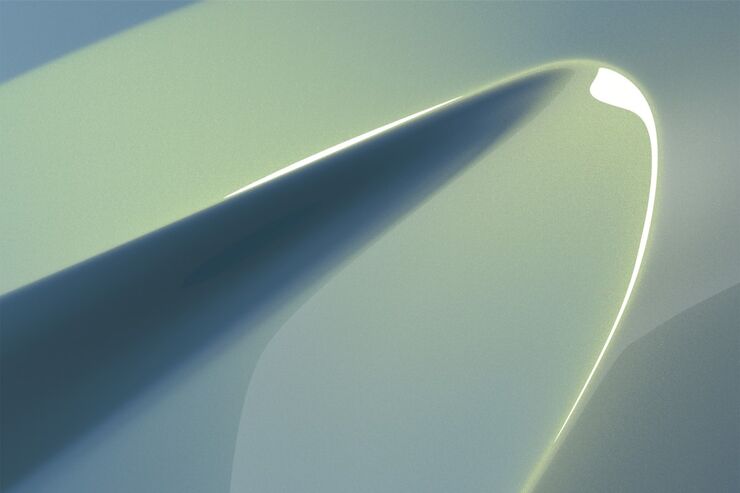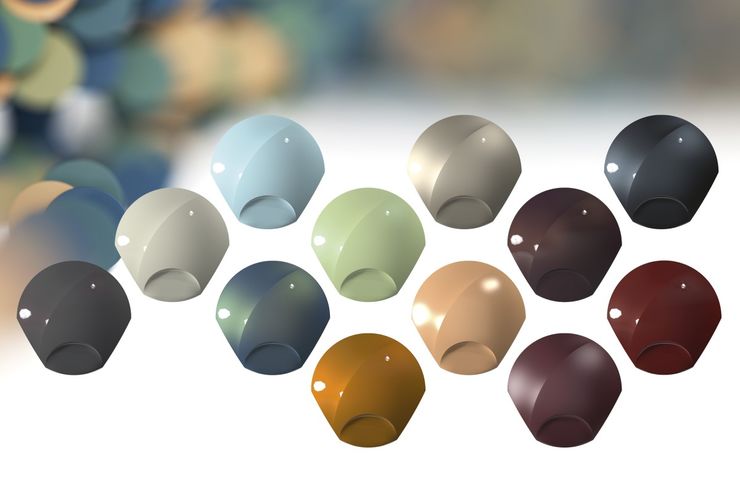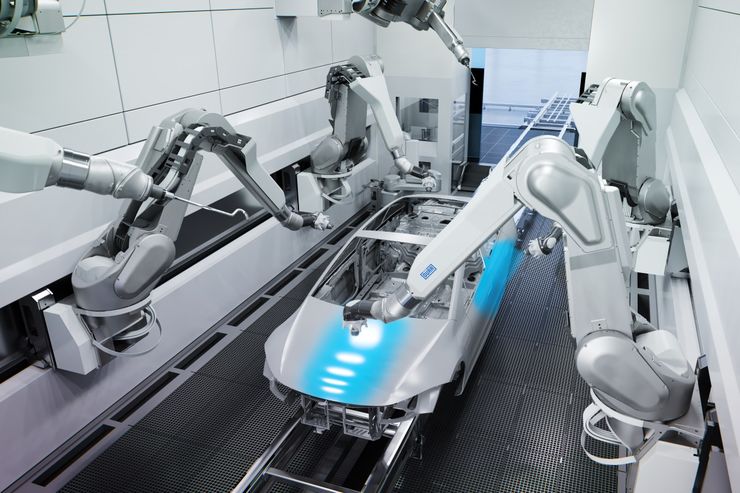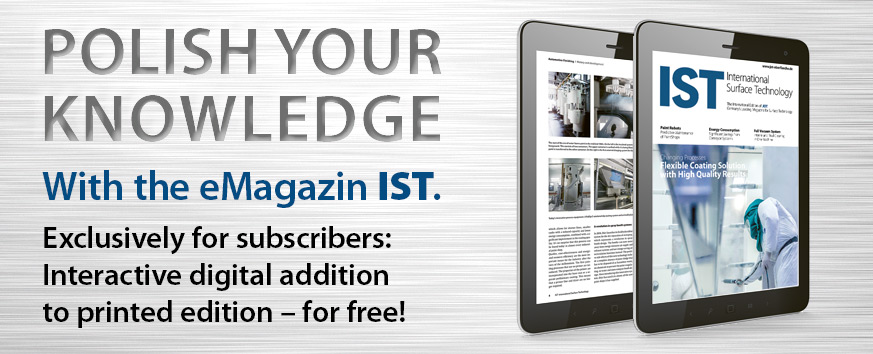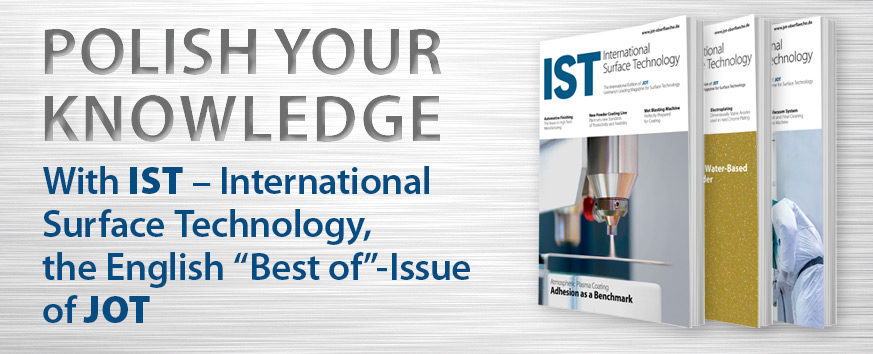New surface trends in vehicle interiors primarily concern the functional level, i.e. the "human-car interface". Here, manufacturers are offering completely new operating systems. But new trends also apply to the materials used and the design, as a discussion with some leading automotive suppliers shows. The automotive supplier Asahi Kasei commissioned a study on trends in car interiors and recently published the results. Summarised in one catchphrase, the conclusion is: interior is the new exterior. This means: the equipment and the impression of the interior are becoming more and more important for the evaluation and purchase decision. In addition - according to another result of the study - brand loyalty is declining. Car manufacturers therefore have a greater opportunity than before to win new customers through a coherent interior. Only 11.4% of the respondents were not interested in having particularly high-quality surfaces on the visible parts of the interior (seats, roof lining, fittings) in their own car. 44 % see an advantage in this and 32 % would even pay a "reasonable" extra price. So the interior in the car is indeed highly valued. This applies not only to the design, but also to the functions. Yanfeng, one of the largest suppliers of complete interiors, sees a central trend in the integration of digital technologies into the surface. For example, the supplier has developed a robust manufacturing process to apply customisable backlighting effects with static or dynamic engravings to soft-touch surfaces. This allows lighting technologies to be seamlessly integrated into traditional leather and other materials.
Focus on sustainability
The study by Asahi Kasei also proves: sustainable materials in the automobile are trendy and desirable - especially in the interior. The younger the respondents, the more important the topic, whose significance is therefore likely to increase further. This trend is addressed by imat-uve, among others. The Krefeld-based specialist for automotive interior surfaces has joined a project consortium whose goal is to produce high-quality yarns and textiles from used clothing waste - purely mechanically, without chemicals. At the end of the vehicle's life, the materials are recyclable again in the spirit of the circular economy. Faurecia, a global leader in automotive interiors, uses vegan leather alternatives and surface materials with vegetable fibres, using polypropylene resin and hemp fibres in injection moulding.
Thin layers, transparent surfaces
Another important aspect of automobiles is a durable, high-quality appearance combined with economical production. For example, Asahi Kasei has developed "SoForm", a new glass fibre-reinforced polyproplylene that is suitable for the production of instrument panels, door trim and other visible parts. It is characterised by improved scratch and crack resistance. The supplier no longer has to paint, overmould or foam the component. Yanfeng uses a process that makes ceramics injection-mouldable. This process produces decorative parts with a smooth, shiny and very scratch-resistant surface that looks similar. In addition, Yanfeng shows interior components with a very noble-looking crystalline appearance on the surface, for example in high-gloss silver or high-gloss black. This process allows the application of decorative foils with hidden touch functions and 3D design possibilities with high-gloss surfaces. At Faurecia, the trends towards transparency and integration are seen on the tele-surfaces. For example, they offer the possibility of designing individual layers of wood so thin that they are translucent and can thus be used for ambient lighting or for the insertion of control elements. Faurecia also uses "premium synthetics" to create semi-transparent surfaces that look like a decorative surface during the day, but surprise the occupant at night with ambient lighting or a patterned surface.
On trend: seamless transitions and ambient lighting
In the human-machine interface in the cockpit, there are new concepts such as touch screens, head-up displays and gesture or voice control. What they all have in common is that switches and buttons can be largely dispensed with. One trend here seems to be large surfaces, as exemplified by Tesla. Leonhard Kurz, for example, has developed an operating display that is almost one metre wide, has a "fading lines" design and seamlessly integrates various display and operating functions. According to the experts at Leonhard Kurz, the future belongs to such displays. The trend is moving away from mechanical functions towards touch and gesture control and three-dimensional surfaces. Lighting design is also gaining in importance. This means that electronic elements are increasingly being integrated into the surfaces or directly underneath them. Another current trend in car interiors is "ambient light". Dräxlmaier has developed the "dLight-MP" technology for this task. It makes it possible to make patterns, motifs or symbols visible directly through a finely perforated leather surface or to illuminate hidden switches.
The clear trend towards voice and gesture control in vehicles makes it clear that the human-machine interface can also be designed without surfaces. The English company Ultraleap is driving this trend forward with a tactile feedback for gesture controls. When the driver gives an operating command by gesture, an ultrasonic sensor triggers a signal that feels to the operator as if he or she has touched a surface - in mid-air. This amazing type of operation is used in a concept car from PSA (DS Aero Sport Lounge). Ultraleap refers to a study by the University of Norwich, according to which this type of operation distracts the driver little and is perceived as very pleasant.
The Goal: To inspire the driver, but not distract him or her
How will developments in the automotive sector continue? Will the importance of the interior continue to increase? In any case, a reversal of the trend is not in sight; with autonomous driving, the quality of stay in the car will become even more important. Both comfort features and a high level of hygiene will be in demand. Sustainability is increasingly coming into focus and haptic appeal also plays a role.
The complete article was published in German in JOT 09/2020.
Autor(en): Gerald Scheffels, journalist



